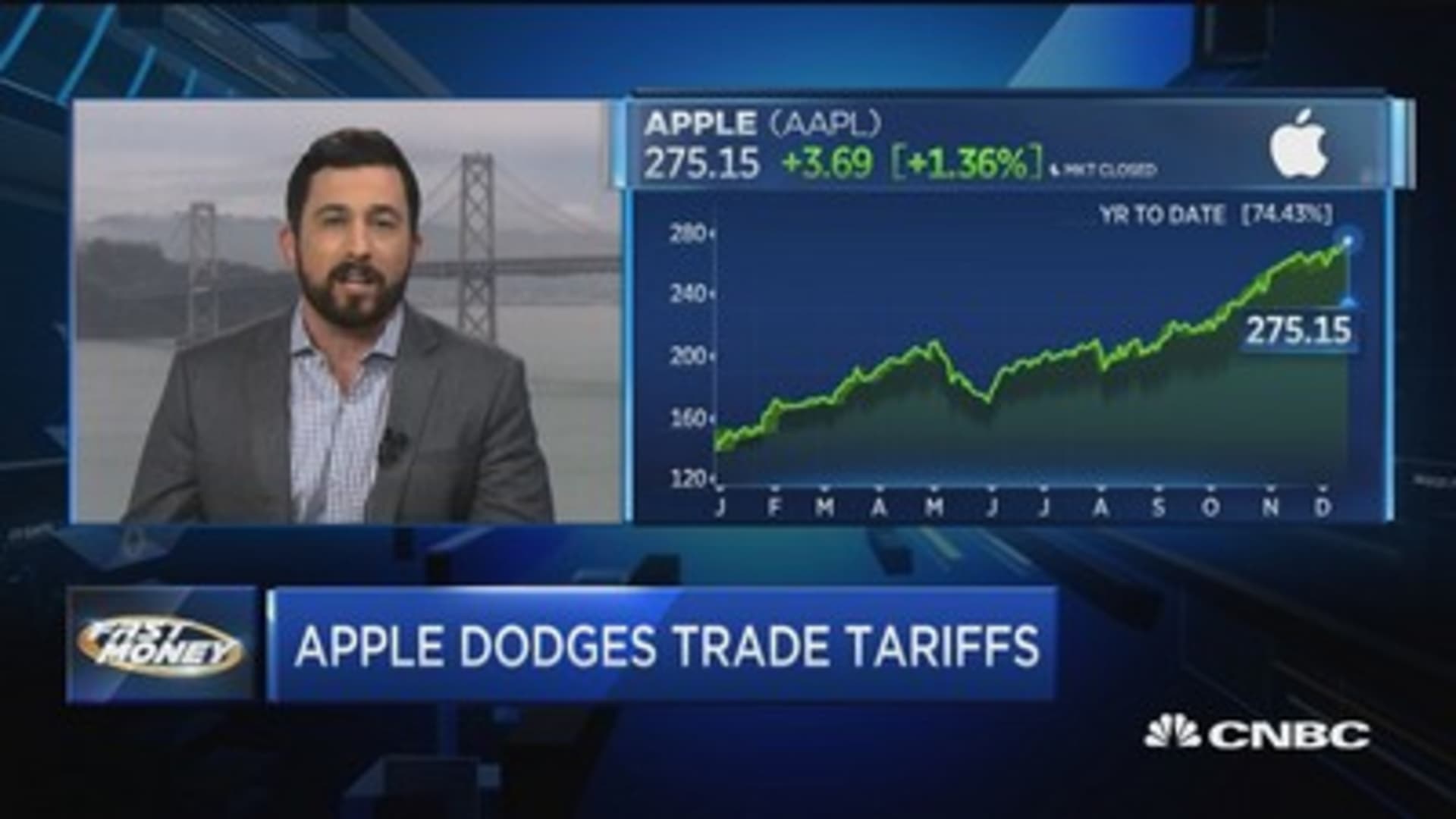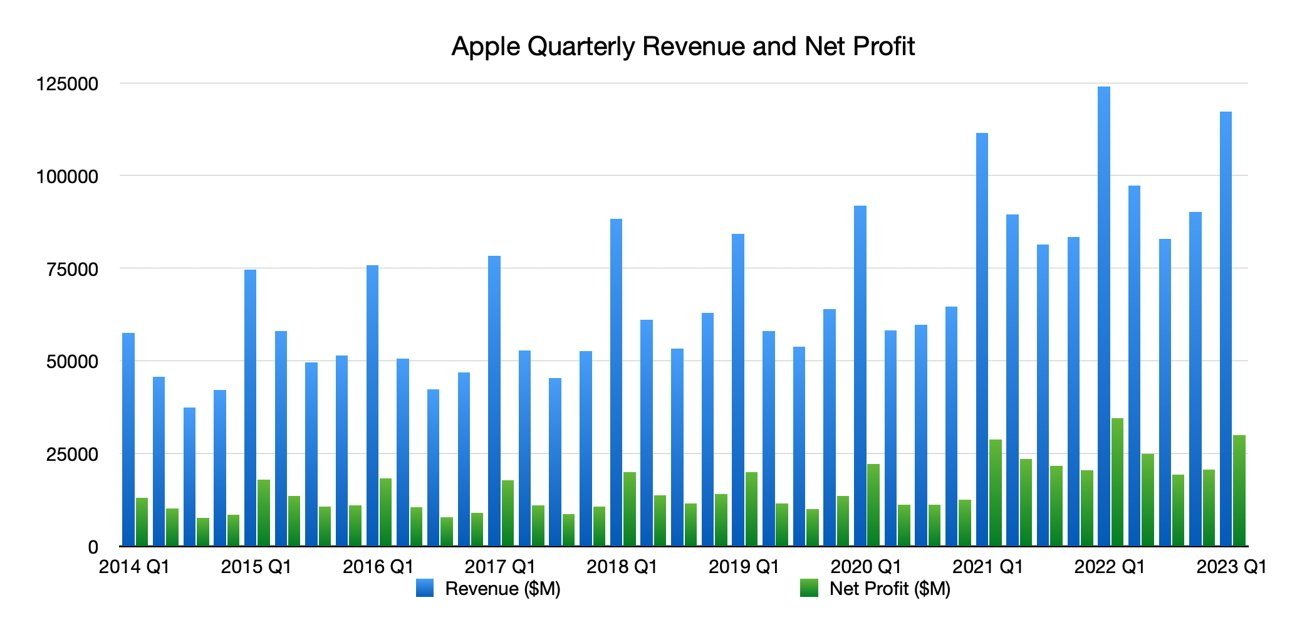Amundi Dow Jones Industrial Average UCITS ETF: Understanding Net Asset Value (NAV)

Table of Contents
What is Net Asset Value (NAV) and Why Does it Matter?
Net Asset Value (NAV) represents the net value of an ETF's assets minus its liabilities, divided by the number of outstanding shares. In simpler terms, it's the price of a single share if the ETF were to be liquidated immediately. For an ETF tracking the Dow Jones Industrial Average (DJIA), like the Amundi DJIA UCITS ETF, the NAV reflects the collective value of its holdings in the 30 constituent companies of the index.
-
Calculating the NAV: The calculation is straightforward:
(Total Asset Value - Total Liabilities) / Number of Outstanding Shares = NAV. The Amundi DJIA UCITS ETF's NAV is calculated daily, reflecting the closing prices of the underlying DJIA stocks. This NAV is then published at the end of each trading day. -
NAV's Importance for Investors: Understanding the NAV is paramount for several reasons:
- Reflects Underlying Asset Value: The NAV provides a true representation of the ETF's intrinsic worth, independent of market fluctuations.
- Influences Share Price: While the market price of the ETF may fluctuate throughout the day, the NAV acts as a benchmark. Significant discrepancies between the NAV and market price can indicate opportunities or risks.
- Performance Assessment: Tracking NAV changes over time allows you to gauge the ETF's performance against the DJIA itself.
- NAV vs. Market Price: The market price is what you actually pay to buy or sell the ETF shares. It can differ from the NAV due to supply and demand.
- Premiums and Discounts: If the market price trades above the NAV, it's trading at a premium; if below, it's at a discount. These deviations offer potential investment opportunities but also carry risk.
Factors Influencing the NAV of the Amundi Dow Jones Industrial Average UCITS ETF
Several factors interplay to determine the NAV of the Amundi DJIA UCITS ETF:
-
Performance of the Dow Jones Industrial Average: The DJIA's performance is the primary driver of the ETF's NAV. Positive index movement generally translates to a higher NAV, and vice-versa. Individual stock performances within the DJIA also directly impact the ETF's overall NAV. A strong performance by a major component stock will likely boost the NAV.
-
Currency Fluctuations: Since the DJIA comprises US-based companies, currency fluctuations between the US dollar and the euro (assuming the ETF is denominated in Euros) can influence the NAV. A stronger dollar against the euro would lower the NAV when converted back to Euros.
-
Expense Ratio: The ETF's expense ratio, encompassing management fees and other operating costs, gradually erodes the NAV over time. While the impact is relatively small in the short term, it's crucial to consider it for long-term investment evaluations.
-
Dividends: Dividend payouts from the underlying DJIA companies are reinvested or distributed to shareholders, affecting the NAV. Reinvested dividends contribute to a higher NAV, whereas distributions slightly lower the NAV on the ex-dividend date.
How to Find the NAV of the Amundi Dow Jones Industrial Average UCITS ETF
Accessing the daily NAV is straightforward:
-
Official Sources: Check Amundi's official website for the most accurate and up-to-date NAV information. Many ETF providers post this data prominently.
-
Financial News Websites: Reputable financial news sources (like Yahoo Finance, Google Finance, Bloomberg) usually provide real-time or delayed NAV data for widely traded ETFs like the Amundi DJIA UCITS ETF.
-
Brokerage Platforms: Your brokerage account will almost certainly display the current NAV of any ETFs you hold, offering a convenient way to track this critical metric.
Using NAV to Make Informed Investment Decisions
Understanding NAV is key to effective ETF investment management:
-
Comparing NAV to Market Price: Regularly compare the ETF's market price to its NAV. A large discrepancy might signal an opportunity (a discount) or a warning (a premium). However, be cautious, as market prices can fluctuate significantly.
-
Tracking Performance: By monitoring NAV changes over time, you can track the ETF's performance relative to its underlying index (the DJIA). This helps assess the ETF's efficiency in replicating the index's returns.
-
Evaluating Investment Strategy: The NAV helps determine whether the ETF's performance aligns with your investment objectives. If your goals are not being met, you may want to re-evaluate your investment strategy.
Conclusion: Mastering the Amundi Dow Jones Industrial Average UCITS ETF's Net Asset Value
Understanding the Net Asset Value (NAV) of the Amundi Dow Jones Industrial Average UCITS ETF is fundamental to successful investing. By regularly monitoring the NAV and comparing it to the market price, you gain crucial insights into the ETF's performance and underlying asset value. This knowledge allows for more informed investment decisions and improved portfolio management. Now that you understand the importance of Net Asset Value (NAV) for the Amundi Dow Jones Industrial Average UCITS ETF, start tracking the NAV of your investments today for better investment management!

Featured Posts
-
 Bbc Radio 1 Big Weekend 2025 A Complete Guide To Ticket Purchasing
May 24, 2025
Bbc Radio 1 Big Weekend 2025 A Complete Guide To Ticket Purchasing
May 24, 2025 -
 England Airpark And Alexandria International Airports New Ae Xplore Campaign Fly Local Explore The World
May 24, 2025
England Airpark And Alexandria International Airports New Ae Xplore Campaign Fly Local Explore The World
May 24, 2025 -
 7 Fall For Amsterdam Stocks As Trade War Fears Grip Markets
May 24, 2025
7 Fall For Amsterdam Stocks As Trade War Fears Grip Markets
May 24, 2025 -
 Photos Lego Master Manny Garcias Visit To Veterans Memorial Elementary
May 24, 2025
Photos Lego Master Manny Garcias Visit To Veterans Memorial Elementary
May 24, 2025 -
 March 26 2025 Nyt Mini Crossword Solutions And Clues
May 24, 2025
March 26 2025 Nyt Mini Crossword Solutions And Clues
May 24, 2025
Latest Posts
-
 Apple Stock Price Drops On 900 Million Tariff Announcement
May 24, 2025
Apple Stock Price Drops On 900 Million Tariff Announcement
May 24, 2025 -
 Apple Stock Suffers Setback Amidst 900 Million Tariff Projection
May 24, 2025
Apple Stock Suffers Setback Amidst 900 Million Tariff Projection
May 24, 2025 -
 Apple Stock Slumps 900 Million Tariff Impact
May 24, 2025
Apple Stock Slumps 900 Million Tariff Impact
May 24, 2025 -
 Investing In Apple Stock A Look At Q2 Financial Performance
May 24, 2025
Investing In Apple Stock A Look At Q2 Financial Performance
May 24, 2025 -
 Apple Stock Analysis Q2 Results And Future Outlook
May 24, 2025
Apple Stock Analysis Q2 Results And Future Outlook
May 24, 2025
